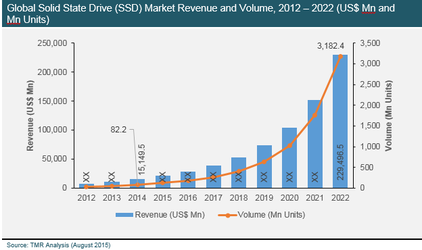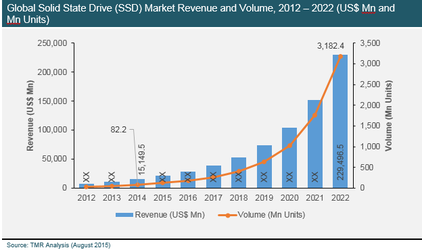- Joined
- Dec 27, 2008
On Amazon I saw a WD 1tb "blue" SSD for $279. I said to myself, "That's not a good price at all. Who would buy it for that?" I researched the reviews a little bit and discovered that in addition it doesn't get good marks from those in the know, being essentially a rebranded Sandisk X400 (WD bought out Sandisk).
What's incredible to me is that WD and Seagate, two huge, well-established and very successful hard drive manufacturers, got so far behind the curve when it came to getting into the SSD market. They are now trying to catch up by buying out wannabe companies that were already in the SSD market but small players. They let other companies like Samsung and Crucial who had ties to memory chip manufacturers get the jump on them. WD and Seagate were essentially boxed out of the SSD niche for lack of chips as the nand chip production world wide could not keep up with demand.
It reminds me of how Kodak persisted in making film and film cameras when the world was moving over to digital photography and almost went down the tubes. And still, Kodak is a shadow of the company it used to be even though they finally started making digital cameras.
What's incredible to me is that WD and Seagate, two huge, well-established and very successful hard drive manufacturers, got so far behind the curve when it came to getting into the SSD market. They are now trying to catch up by buying out wannabe companies that were already in the SSD market but small players. They let other companies like Samsung and Crucial who had ties to memory chip manufacturers get the jump on them. WD and Seagate were essentially boxed out of the SSD niche for lack of chips as the nand chip production world wide could not keep up with demand.
It reminds me of how Kodak persisted in making film and film cameras when the world was moving over to digital photography and almost went down the tubes. And still, Kodak is a shadow of the company it used to be even though they finally started making digital cameras.

